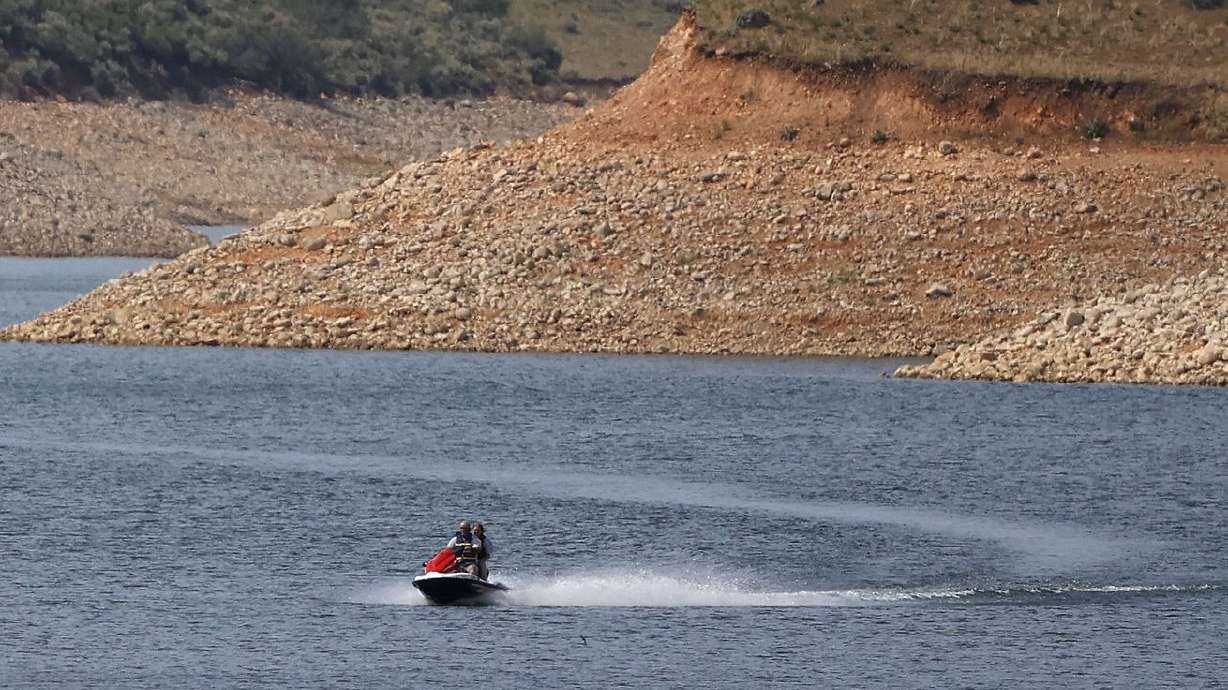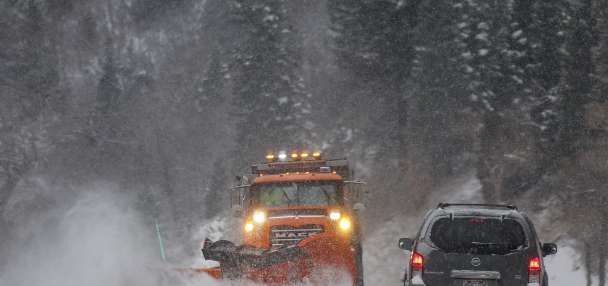Estimated read time: 3-4 minutes
This archived news story is available only for your personal, non-commercial use. Information in the story may be outdated or superseded by additional information. Reading or replaying the story in its archived form does not constitute a republication of the story.
SALT LAKE CITY — Hydrologists and climate scientists in Utah have for years warned that as the state heats up, spring comes earlier and the summer gets drier, winter will feel the impacts as well.
Snowpack will be less robust and, in its place, rain will fall.
That scenario and this megadrought are prompting Utah officials and water managers to take a deeper look at potential sites for new reservoirs to capture that precipitation for water storage.
Utah's current reservoir system and its water, says one expert, are already highly managed and are the result of early planning by the pioneers and billions in investment from federal, state and local agencies.
"This system of water reservoirs was obviously created for this very purpose," said Melissa Reynolds, a water law attorney with Holland & Hart.
"The system is designed to store water during those very wet years so we can have it in times of drought. But the more water that is diverted from a reservoir, the more you are going to need to fill it," she said. "These are highly regulated and very well managed. Those who are managing these reservoirs are keeping an eye on the conditions constantly."
But it is tough to manage what you don't get.
Jon Meyer, a climate scientist with the Utah Climate Center at Utah State University, said reservoirs are built to buffer water storage in dry years, but the extreme conditions Utah and other states in the West are experiencing are putting current storage practices to the test.
"Reservoirs are not built to maintain normal water demand over these kind of conditions."
The idea of building more storage for water in Utah is not new.
Kim Wells, spokeswoman for the Utah Division of Water Resources, said the agency maintains a list of potential reservoir sites first compiled in the early 1920s by Utah and its federal partners.
At one time, she said, the list included over 1,000 sites, but that has been narrowed to just over 300.
Most were eliminated due to a variety of factors, including geologic flaws in the dam site or reservoir, environmental concerns, land ownership issues, inadequate water supply, and a capacity below 3,000 acre-feet of water, which is generally too small to meet the demand for municipal or agricultural use.
The drought, water officials say, has brought a new level of scrutiny to the remaining candidates.
"The division has a long history of studying potential reservoir sites and recommending the most promising locations for further investigation. We maintain an archive of initial study findings and are able to build on the information in response to new questions," said Utah Division of Water Resources Director Todd Adams.
"As a result of the changing weather patterns, we anticipate new requests to investigate possible reservoir sites (including below-ground aquifer storage and recovery projects) to store rainfall and storm event runoff. We are in a good position to be able to respond to those requests."
The last large capacity reservoir built in Utah was Jordanelle, which was completed in 1992.
Sanpete County has sought a reservoir for years, but that effort has been bogged down in litigation.










